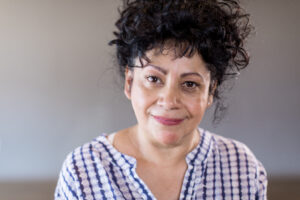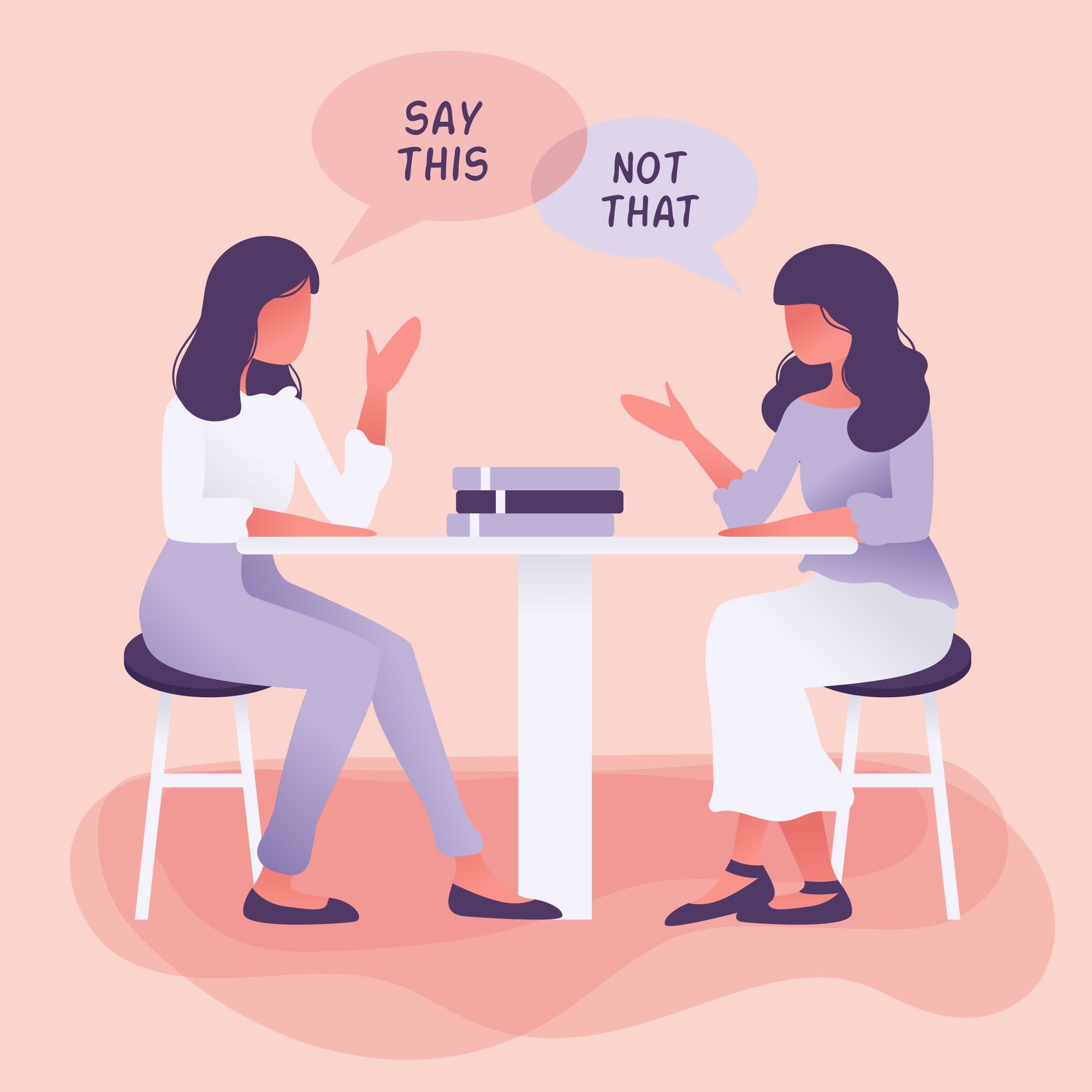Help for Domestic Violence
Every October, several big things happen at Hope. One, we take a deep breath after our September fundraising gala. Two, our centers begin planning for and lining up volunteers to help with the Christmas Boutique – our clients’ favorite time of the year! (Call your local center to find out how you can help.) And three, we put on purple to show our support for survivors of domestic violence and to stand behind awareness, education, and prevention efforts to stop abuse and violence.

Think domestic violence is a small problem? The statistics tell a different story. Domestic violence is the main cause of death for women aged 15-44. (Speakoutloud.org) In Arizona, domestic violence takes the lives of two people every week, and every month, more than 1,800 calls are made to domestic violence hotlines. And many more victims suffer in silence, never reporting the harm done against them.
T moved to Arizona with a friend who assured her they could find a place together and make things work. Instead, T’s friend met a guy, and left T on her own without a job, healthcare, and knowing very little English. T met a man who promised to help her. He suggested she move in “to make things easier for her”. T says, “I guess I’m overly trusting. The abuse started that same week, but without money, a car, family or friends, I was dependent. It was a really scary time in my life.”
T began taking the dogs for long walks every day. She met a woman at the dog park who told her about Hope. The next day, T came. “After a week, I knew the people at Hope could help me. I told them about my situation.” Volunteers and staff rallied around T, helping her find a shelter, learn English, and study for the citizenship test. Two years later, T has an amazing story. “Hope helped me do what I needed to do to get a job interview, then they helped me practice for it. I even got my interview outfit at Hope! Now I’m in my own place and very independent. I thank God everyday for my friends at Hope.”
Some women come to Hope knowing they are in an abusive relationship. Some don’t know, some won’t say, and some are ready to make a safety plan for leaving the relationship. Because we don’t always know whether or not a client is in a safe relationship, we maintain a non-judgemental environment where we ask careful questions, we listen, pay attention, and keep conversation open. That way, when a woman is ready, she knows she can come to us for help.

